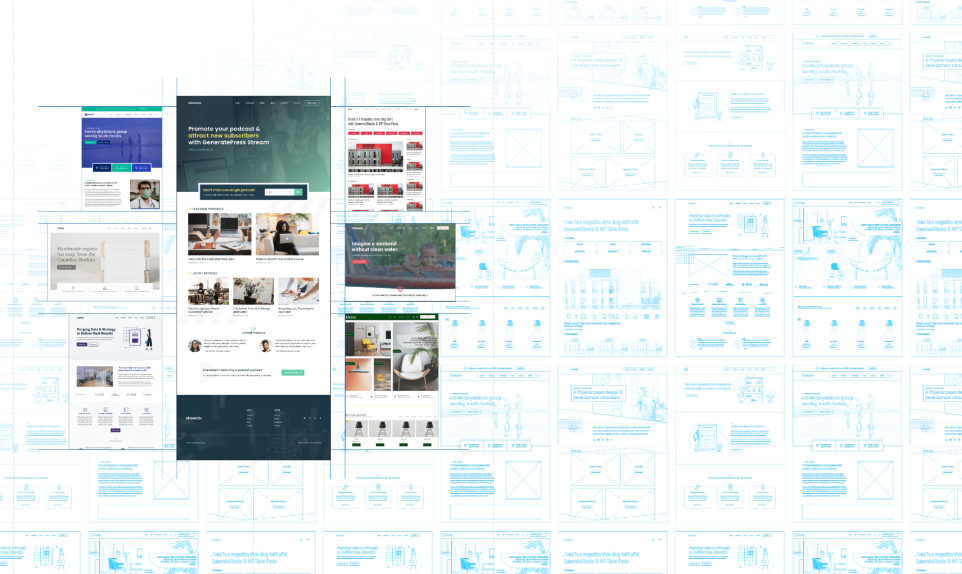5+ Reasons Why You Should Upgrade To WordPress 6.0
Last Updated on June 3, 2022 by Marc Breuer
WordPress 6.0 has been released! This update includes many improvements, including an updated theme framework, better accessibility options, and improved performance.
Themes Are Better Than Ever
With the release of WordPress 6.0, themes are now more powerful than ever before. They no longer need to rely on outdated methods of coding and design. Now, themes can use modern techniques such as responsive web design, CSS3 animations, and HTML5 elements.
Plugins Have More Features
If you’re looking for a theme with more features, then you should consider using a plugin. A plugin is an add-on that allows you to extend the functionality of your website. It can help you do things like make your site mobile friendly, add social media sharing buttons, and even allow you to customize your site’s appearance.
Performance Is Improved
There are four main reasons why you should upgrade to WordPress 6.0. First, performance has been improved. This means that your site will load faster than ever before.
Second, there are new features that will improve how your site looks and functions. Third, there are new tools that will help you manage your site better. Finally, there are new security measures that will keep your site safe.
Security Has Been Enhanced
One of the biggest changes in WordPress 6.0 is the addition of a new feature called “Security by Design.” This feature makes it easier to secure your site against hackers. It also helps prevent malicious code from being injected into your site.
Plugins Have Been Updated
If you use plugins, make sure you update them before updating WordPress. Many plugins will not work with the latest version of WordPress.
Check out the official WordPress 6.0 video!
WordPress 6.1 Beta was also released!
WordPress 6.1 has been released as a beta version. It includes many new features and improvements.
1. Themes now support custom post types
In addition to the new features, there are also some changes to how themes work. Now, when creating a theme, you can choose whether to use a “post type” template or not. If you do decide to use one, then you will need to add the following code to your functions.php file:
function my_theme_setup() {
register_post_type('my_custom_post', array(
'labels' => array(2. Custom fields have been added to posts and pages
You can now add custom fields to any post or page. These fields appear at the top of the edit screen, just below the title field. They allow you to collect data about each post or page. This data can be used by other plugins or themes to provide additional functionality.
3. A new “Add Media” button has been added to the media library
In addition, there are several changes to how the media library works. First, when you click on an image thumbnail, you will now see a preview of the image. Second, clicking on the “Edit Image” link will take you directly to the image editor. Third, the “Insert into Post/Page” option has been removed. Instead, you must select the image first before adding it to the post or page. Finally, the “Remove from Page” option has been moved to the bottom of the list.
You can also use the “Add Media” button at the top right corner of any post or page to add images, audio, and video files. This feature was previously only available in the dashboard.








